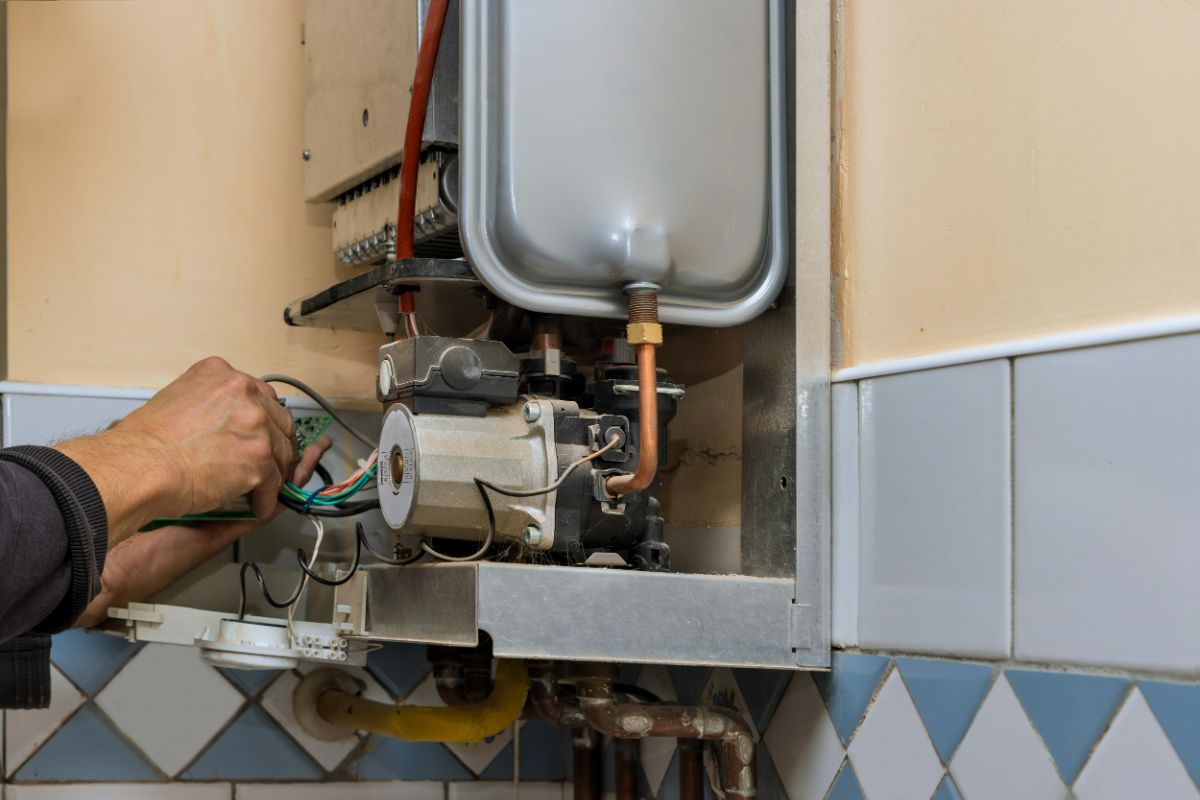Best Methods to Care for Your Home's Hot Water System EffectivelyEffective Techniques for Maintaining Your Home's Hot Water System
Best Methods to Care for Your Home's Hot Water System EffectivelyEffective Techniques for Maintaining Your Home's Hot Water System
Blog Article
Were you searching for resources about Water Heater Maintenance Tips You Can't Afford to Forget?

Hot water is vital for day-to-day comfort, whether it's for a rejuvenating shower or cleaning recipes. To guarantee your warm water system runs effectively and lasts much longer, normal maintenance is essential. This post gives practical tips and insights on just how to maintain your home's hot water system to prevent disturbances and costly repair services.
Intro
Maintaining your home's hot water system could appear daunting, however with a couple of straightforward actions, you can ensure it runs smoothly for years to find. This overview covers every little thing from recognizing your warm water system to DIY maintenance suggestions and recognizing when to call in specialist aid.
Importance of Keeping Your Hot Water System
Regular upkeep not just extends the life-span of your warm water system yet additionally guarantees it runs effectively. Overlooking maintenance can cause decreased efficiency, higher energy expenses, and even early failing of the system.
Indicators Your Warm Water System Demands Upkeep
Recognizing when your warm water system requires focus can prevent major issues. Look out for signs such as inconsistent water temperature, strange noises from the heater, or rusty water.
Understanding Your Hot Water System
Before diving into upkeep jobs, it's handy to recognize the standard parts of your warm water system. Commonly, this includes the water heater itself, pipes, anode rods, and temperature controls.
Monthly Upkeep Tasks
Normal month-to-month checks can assist catch minor issues before they rise.
Purging the Hot Water Heater
Purging your water heater removes sediment build-up, boosting performance and extending its life.
Checking and Changing Anode Rods
Anode poles stop rust inside the tank. Inspecting and changing them when worn is essential.
Checking and Changing Temperature Settings
Readjusting the temperature level settings ensures optimum efficiency and security.
DIY Tips for Upkeep
You can do several upkeep jobs yourself to keep your warm water system in top condition.
Looking for Leaks
Routinely check pipes and links for leakages, as these can result in water damages and greater bills.
Examining Stress Relief Valves
Examining the pressure safety valve ensures it operates properly and avoids too much pressure buildup.
Shielding Pipelines
Insulating warm water pipes lowers warm loss and can save power.
When to Call a Professional
While do it yourself maintenance is valuable, some problems require expert proficiency.
Facility Issues Calling For Professional Aid
Examples consist of major leakages, electrical issues, or if your water heater is constantly underperforming.
Routine Expert Maintenance Conveniences
Professional upkeep can consist of extensive evaluations, tune-ups, and making sure conformity with safety requirements.
Conclusion
Routine upkeep of your home's hot water system is necessary for efficiency, durability, and price savings. By complying with these pointers and knowing when to seek expert aid, you can guarantee a dependable supply of warm water without unanticipated disruptions.
How to Maintain an Instant Hot Water Heater
Before tinkering with your hot water heater, make sure that it’s not powered on. You also have to turn off the main circuit breaker and shut off the main gas line to prevent accidents. Also turn off the water valves connected to your unit to prevent water from flowing into and out of the appliance. 2. When you’re done, you have to detach the purge valves’ caps. These look like the letter “T” and are situated on either side of the water valves. Doing so will release any pressure that has accumulated inside the valves while at the same time avoid hot water from shooting out and burning your skin. 3. When the purge valves’ caps are removed, you have to connect your hosing lines to the valves. Your unit should have come with three hoses but if it didn’t, you can purchase these things from any hardware or home repair shops. You can also get them from retail stores that sell water heating systems. Read the user’s manual and follow it to complete this task properly. When the hosing lines are connected, open the purge port’s valves. 4. You should never use harsh chemical cleaners or solutions when cleaning your unit. Make use of white vinegar instead. It should be undiluted and you’ll probably use about 2 gallons. 5. Now flush your water heater. This task should probably take about 40 minutes. We can’t give you specific directions for this because the procedure is carried out depending on the type, model and brand of your heater. With that being said, refer to the user’s manual. 6. When you’re done draining the unit, you have to turn off the purge port valves again. Remove the hosing lines that you earlier installed on each of the water valves. Put the valve caps (purge port) back in their respective places and be very careful so as not to damage the rubber discs that are found inside these caps. 7. Now that everything’s back in place, check your user’s manual again to find out how to reactivate your water heating system. 8. Once it is working, turn one of your hot water faucets on just to let air pass through the heater’s water supply pipes. Leave the tap on until water flows smoothly out of it. https://www.orrplumbing.com/blog/2014/september/how-to-maintain-an-instant-hot-water-heater/

Hopefully you enjoyed reading our topic on Tips on Maintaining a Water Heater. Thanks so much for spending some time to read our article post. Liked our review? Please quickly share it. Help another person check it out. We truly appreciate reading our article about Tips For Maintaining Your Hot Water Heater.
Book Service Now Report this page